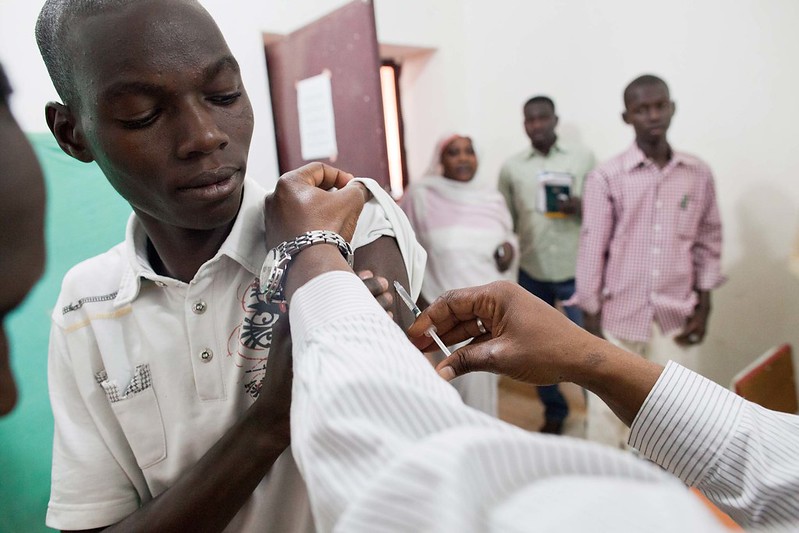A Look at Yellow Fever in Gabon
 Gabon, located on the Atlantic coast of Central Africa, has a relatively high GDP for the region at $8,820, compared to nearby Nigeria at $2,162. Despite this high income, wealth distribution in Gabon is highly unequal, leading to widespread poverty. Of its 2.4 million residents, more than 900,000 live below the poverty line, subjecting a significant portion of the population to numerous hardships, including diseases. A particularly severe challenge in Gabon is Yellow Fever.
Gabon, located on the Atlantic coast of Central Africa, has a relatively high GDP for the region at $8,820, compared to nearby Nigeria at $2,162. Despite this high income, wealth distribution in Gabon is highly unequal, leading to widespread poverty. Of its 2.4 million residents, more than 900,000 live below the poverty line, subjecting a significant portion of the population to numerous hardships, including diseases. A particularly severe challenge in Gabon is Yellow Fever.
Yellow Fever Transmission and Risks in Gabon
Yellow Fever is a viral disease transmitted by mosquitoes and can spread in three primary ways. The intermediate cycle, most commonly observed in Africa, involves semi-domestic mosquitoes that contract and spread the disease. Although a vaccine is available, Yellow Fever is a fast-spreading illness that poses a significant danger and has the potential to spread internationally, making it a global threat. Effective management is crucial whenever outbreaks occur.
Health Infrastructure and Yellow Fever Preparedness
Currently, Gabon does not have any active Yellow Fever outbreaks, but the country remains at high risk for potential outbreaks. Gabon’s health system receives minimal government funding, amounting to only 3% of the country’s GDP. The World Health Organization (WHO) reports that vaccination rates for Yellow Fever in Gabon are suboptimal, with less than 85% coverage nationwide. The risk of Yellow Fever has increased since the COVID-19 epidemic, which disrupted immunization services. Although the disruption was brief, it has increased the number of people susceptible to otherwise preventable diseases.
Yellow Fever Epidemics Strategy in Gabon
The WHO has designated Gabon as a high-priority target within its Eliminate Yellow Fever Epidemics (EYE) strategy. WHO and its partner organizations are focusing primarily on maximizing vaccination rollout as part of this strategy. Alongside vaccinations, vector control measures have been implemented in urban centers across Gabon to eliminate potential wildlife carriers of the disease. WHO is also committed to educating travelers about the risks of Yellow Fever. Entry into Gabon requires a Yellow Fever vaccination and travelers are informed about the symptoms and signs to ensure prompt treatment if infected. This proactive approach helps prevent the international spread of the disease, which is one of the most critical aspects of managing Yellow Fever. The EYE strategy has proven effective not only in reducing cases in Gabon but also across Africa.
Looking Ahead
Gabon faces significant challenges in managing the risk of Yellow Fever due to unequal wealth distribution and a health system with limited funding. Although the country has no current outbreaks, it remains highly vulnerable. WHO’s Eliminate Yellow Fever Epidemics strategy focuses on increasing vaccination coverage and implementing vector control measures to mitigate this risk. These ongoing efforts aim to safeguard Gabon’s population and prevent the potential spread of Yellow Fever beyond its borders.
– Tyra Brantly
Tyra is based in Los Angeles, CA, USA and focuses on Good News and Global Health for The Borgen Project.
Photo: Flickr
